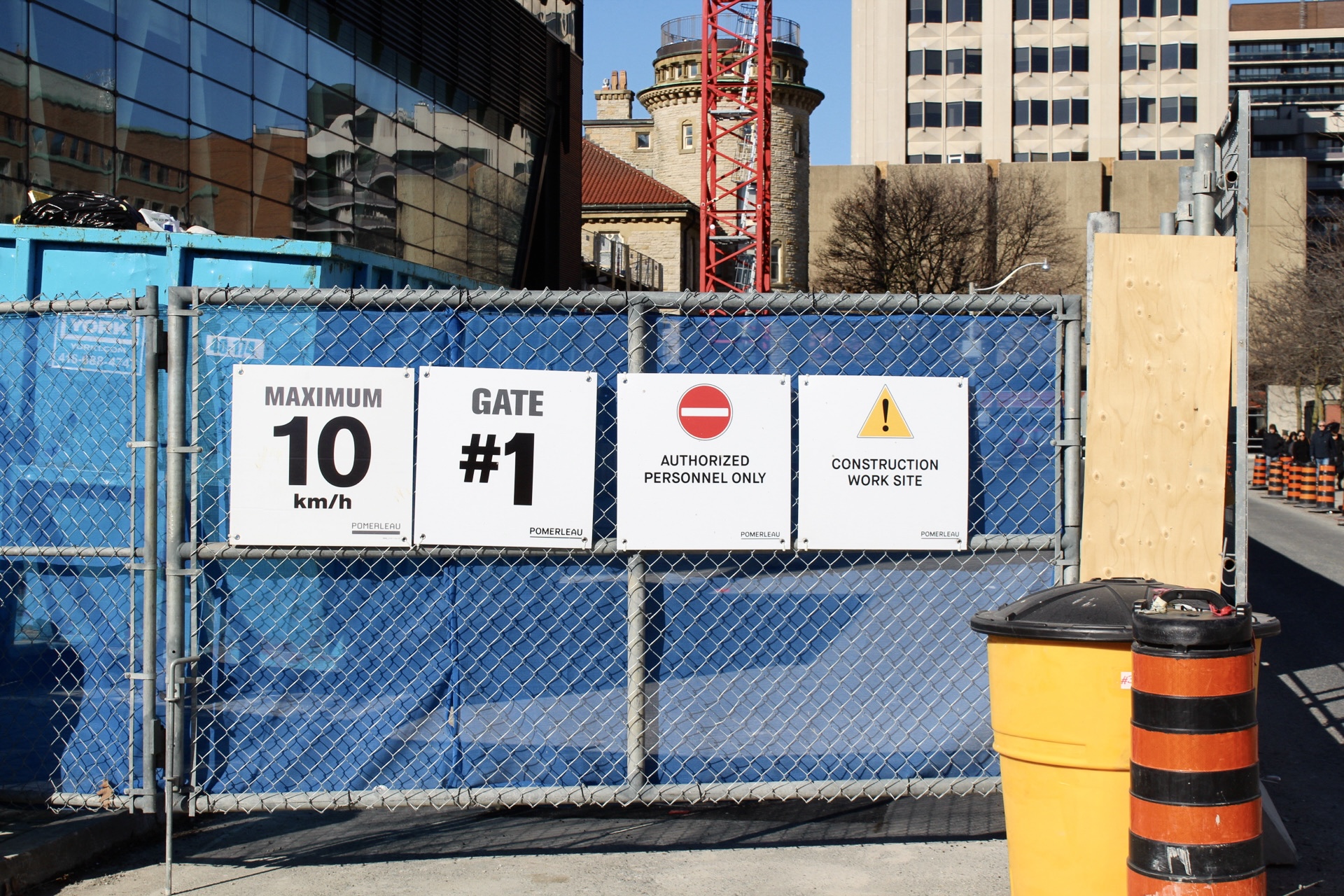U of T receives nearly four million for ongoing sustainable building project
The Academic Wood Tower, Canada’s soon-to-be tallest academic timber building, is starting to take shape after more than two years of construction.
On January 18, the University of Toronto (U of T) received a C$3.9 million grant for the ongoing construction of its record-setting project. The Academic Wood Tower is a 14-story mass timber building located at Bloor Street and Devonshire Place at U of T’s St. George campus.
On behalf of the Honourable Jonathan Wilkinson, Minister of Energy and Natural Resources, Julie Dabrusin, Parliamentary Secretary to the Minister of Environment and Climate Change and the Minister of Energy and Natural Resources announced the C$3.9 million as a federal contribution to the Academic Wood Tower through the Green Construction through Wood program.
With a square footage of 126,400 and a height of 77 metres, the Academic Wood Tower will feature classroom, lab, and office spaces.
The building will be the tallest academic timber structure in Canada and among the tallest timber and steel hybrid buildings on the continent. Aside from housing U of T’s Rotman School of Management, the Munk School of Global Affairs and Public Policy, and the Faculty of Kinesiology and Physical Education, the building “will stand as a testament to U of T’s global leadership in sustainability, as well as our commitment to city-building,” according to U of T President Meric Gertler.
Projects like these help further U of T’s commitment to sustainability, which is already considered to be the best in the world according to QS World University Rankings.
The building, designed by award-winning Patkau Architects and MJMA Architecture & Design, along with consultants Black Structural Engineers and Smith+Andersen, is gaining popularity for its innovation after winning a Canadian Architect Award of Excellence in 2019.
Besides drawing attention to its design, its embrace of unprecedented sustainability makes it the exemplar for the potential of mass-timber design for architects and engineers who seek to emulate the building’s features.
Using mass timbers offers various benefits including the reduction of greenhouse gases, a high level of fire safety, and a low carbon footprint. The building is also one of the only major structures predominantly made from a renewable resource. The timber used will all be Canadian-grown, and specifically obtained from Western Canada.
The building’s highest level is designed as an event and performance space with two commercial kitchens and a 180-person banquet hall that offers views of the Toronto skyline.
Integrated with the Goldring Center, which was designed to support a multi-story complex, the tower casts its shadow over the U of T Varsity Centre, links to the Rotman School of Management’s building, and is a walk away from the Munk School and the Royal Ontario Museum, along with multiple U of T colleges.
Its sustainable approach involves numerous other unique features such as R40 opaque walls, a triple-glazed curtainwall, which helps stabilize the building’s temperature, reduces operating costs and reflects UV light, rainwater collection for sustainable water usage, and independent energy generation via solar panels.
The building is also part of U of T’s Campus as a Living Lab program, which promotes a dynamic collaboration with students and staff on sustainable projects.
Expected to be completed in 2026, the building stands as a symbol of the power of ingenuity, teamwork, and sustainability for institutions and organizations around the world. Its academic spaces, vibrant location, and revolutionary features stand for the commitment to excellence and sustainability.
News Editor (Volume 51); Associate News Editor (Volume 50) — Samuel is a second-year student at UTM studying Politics and English. He previously worked with The Medium as an Associate News Editor and currently serves as the publication’s News Editor. Samuel is passionate about employing the power of writing to enhance our student community and hopes to help nurture a bright future for The Medium this year. In his spare time, Samuel can be found working out, creating music on the piano and drums, or exploring nature.


